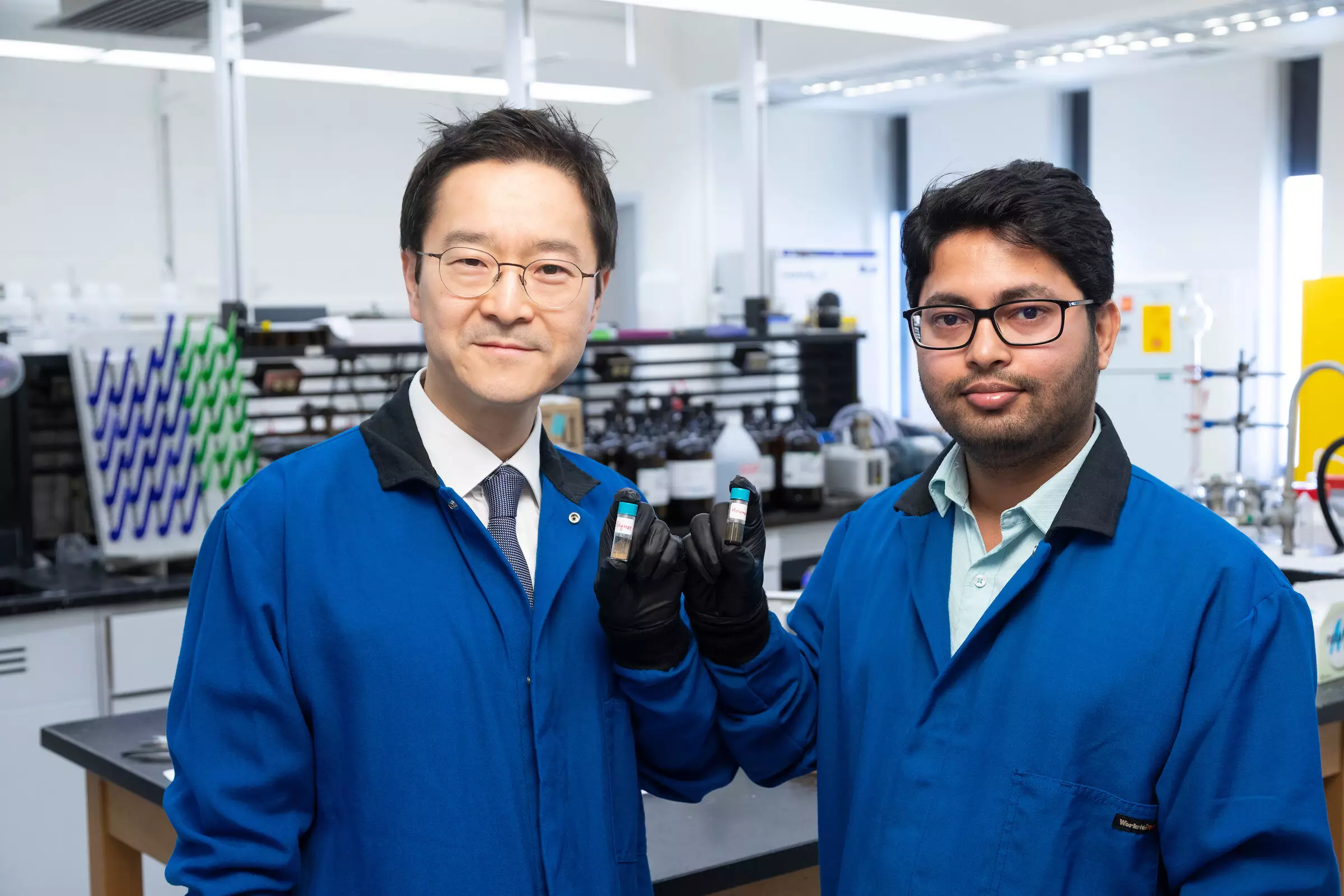In today’s world, where climate change and environmental sustainability are at the forefront of global discourse, innovative solutions for carbon dioxide (CO2) management are crucial. Researchers at the FAMU-FSU College of Engineering have introduced a groundbreaking biomass-based material that not only captures CO2 efficiently but also allows for its repeated release and reuse. This advancement, primarily stemming from the study of lignin—a natural component of wood and other plant materials—represents a significant step forward in carbon capture technology and materials science. Published in the journal *Advanced Materials*, the research promises to pave the way for more sustainable practices in various industries by utilizing a readily available and cost-effective resource.
The Mechanism of Carbon Capture
Lignin, often regarded as a waste product in wood-processing industries, has now been transformed into a valuable asset. The newly developed material capitalizes on lignin’s natural properties to bind CO2 effectively from both concentrated sources, such as industrial emissions, and ambient air. While previous research led by Hoyong Chung focused on creating a CO2-based polymer as a sustainable alternative to conventional plastics, this new study explores the potential for reversing the absorption process, making the material reusable. Notably, even after multiple cycles of absorption and release, the integrity of the material’s structure remains intact, a critical factor for any sustainable solution aimed at mitigating greenhouse gases.
The efficiency of this new material is showcased in the experimental outcomes. The research indicates that just a gram of the biomass material can capture an impressive 47 milligrams of CO2 from concentrated sources and an additional 26 milligrams from the surrounding atmosphere. This level of efficiency not only highlights the functional capacity of the material but also underscores its potential economic viability. Given the low cost and abundant availability of lignin, this method offers a compelling case for the development of cost-effective carbon capture systems that could be widely implemented across various sectors.
An intriguing aspect of this research lies in the unexpected observations made during CO2 release. Utilizing nuclear magnetic resonance spectroscopy, researchers noted the emergence of bubbles upon heating the sample, prompting further inquiry into the mechanisms at play. Subsequent experiments revealed that the application of heat, even at moderate temperatures around 60 degrees Celsius, could efficiently facilitate the release of the captured CO2 without the need for extreme conditions. This fascinating property positions the biomass material as not just a CO2 sponge, but also a highly adaptable tool capable of responsive behavior based on environmental cues or production needs.
The implications for this technology extend far beyond simple CO2 capture. The released carbon dioxide has potential applications across various fields, including manufacturing and agriculture, where it can be utilized as a raw material. Moreover, this innovative approach aligns seamlessly with the ongoing trend of adopting circular economy principles, where waste products are reimagined as valuable resources. Scientists and engineers are now tasked with exploring how this technology can be integrated into existing systems, enabling industries to reduce emissions while simultaneously harnessing CO2 for constructive purposes.
The developments at the FAMU-FSU College of Engineering signify a critical shift in how we approach carbon management systems. By leveraging a naturally occurring and often underutilized resource like lignin, researchers have created a robust platform for capturing and reusing CO2, a feat essential in the fight against climate change. As we further investigate and refine the functionalities of this new material, it opens doors to sustainable practices that not only address environmental concerns but also reframe our perception of waste. With continued research and application, this innovative biomass material might well play a vital role in fostering a sustainable future, turning the challenge of carbon emissions into an opportunity for markets and ecosystems alike.


Leave a Reply